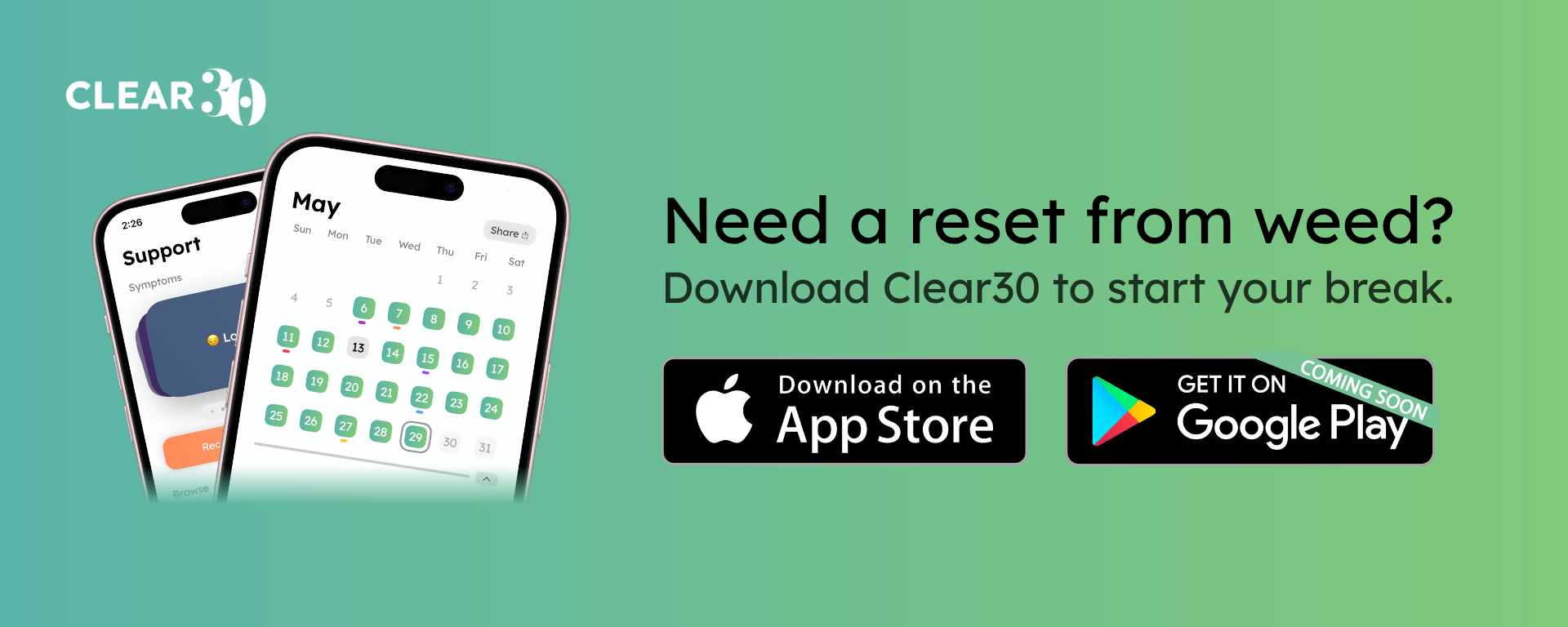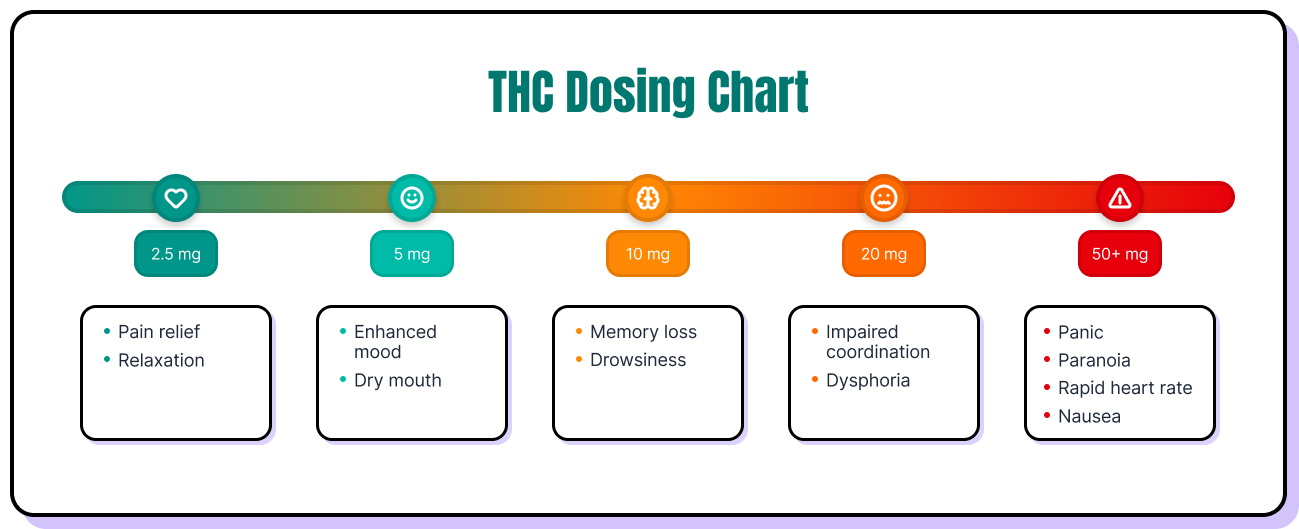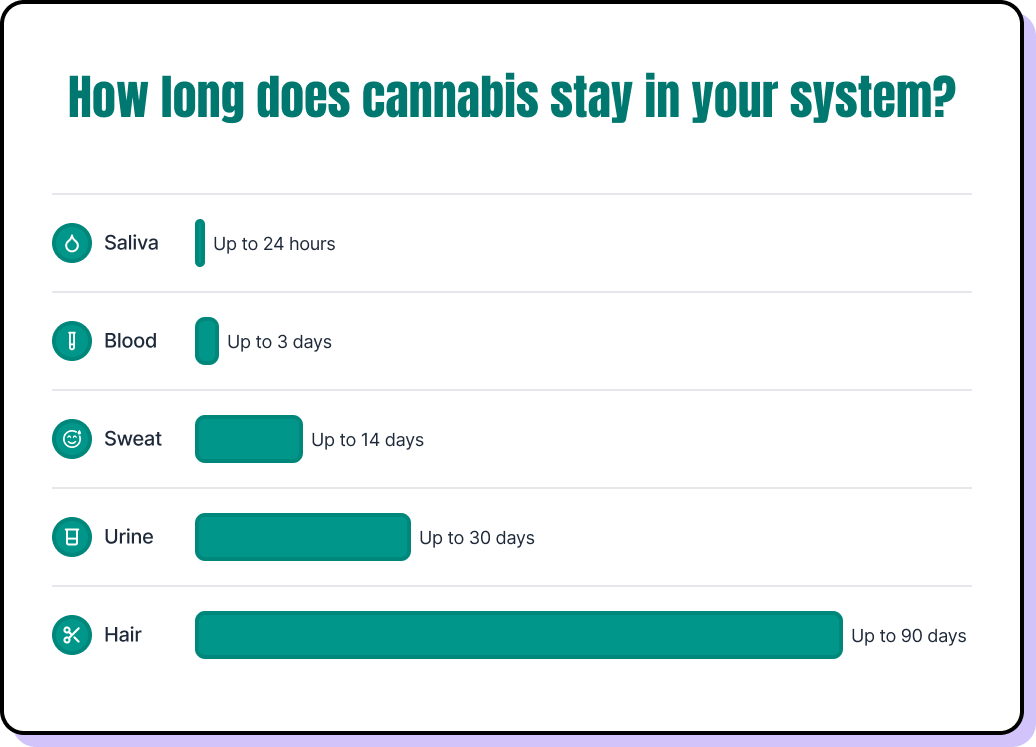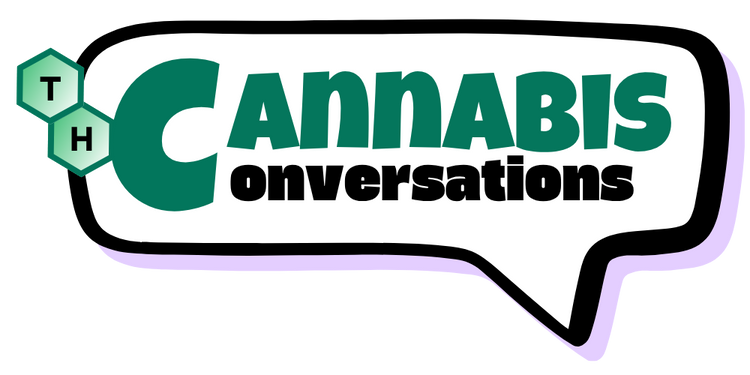Use Cannabis Conversations to cut through the smoke and find clarity around the kind of relationship you want to have with cannabis.

Most U-M students don’t use cannabis, or if they do, they use at moderate levels. They also know that using lower potency products less frequently leads to better highs and fewer lows. If you choose to use cannabis, try some of these strategies other U-M students use to have a better experience:
- Download (and use) a free tracking tool like Clear 30 to explore your relationship with cannabis. Log in with your U-M email to get started for free.
- Know the laws and policies around cannabis use and possession. Cannabis use, possession, and distribution are not allowed anywhere on campus, including at places like the Arb and the Big House.
- Choose a lower potency (less than 10% THC).
- Set limits on how often you use. Many students only use it on weekends or once a week.
- Get your cannabis from a trusted source, especially if you’re using synthetic products like Spice or K2. Ask the vendor about the potency and effects of products you’re considering to make sure they match your goals.
- Buy less cannabis at a time.
- Use lower-risk practices. Edibles don’t have the respiratory risks that smoking cannabis does. If you choose to smoke, avoid taking deep inhales or holding the smoke in your lungs.
- Give it time. It takes longer to digest edibles and feel their effects. Start with a small amount (less than 5 mg) and wait at least an hour for the effects to kick in.
- Use cannabis on its own rather than mixing it with alcohol or other drugs.
- Be prepared with ways to say “no” when you’ve had enough or if you’re not using.
- Don’t use and drive. Even if you feel fine, cannabis can slow your reaction time and focus, making it unsafe to drive. Find an alternative to driving if you choose to use — Night Owl Lyft Rides, a friend, or extra time to sober up.
How does it work?
Cannabis Conversations is a check-in to say, “You good?” when it comes to cannabis.
Cannabis Conversations encourages thoughtful conversations about your relationship with cannabis and provides practical harm reduction tips to help you stay in control of that relationship. These tools are a simple and effective way to check in with your habits, build accountability, and make progress towards your goals — without judgment, pressure, or labels.
Let’s talk about it
Is cannabis making you feel a little hazy? Taking a pause to reflect on your relationship with cannabis with a clear head can help you make decisions about usage that are right for you. Whether you’re thinking about using, trying to cut back, or just checking in with yourself, you’re not alone. Try talking with friends, loved ones, or a wellness coach about these topics for additional perspectives and support.
What’s your why?
What role does cannabis play in your life? For some, it’s to relax. For others, it’s just a habit. Still others choose not to use it for a variety of reasons, ranging from being in recovery to just not being interested.
Use these prompts to reflect on your relationship with cannabis. What does it look like right now? What do you want it to look like?
- How do you consume cannabis?
- How often do you use?
- What do you like about using?
- What don’t you like about using?
- How do you plan ahead?
- How do you know if you’re using too much?
Who’s running the show?
Cannabis marketing highlights the potential benefits of using it, but what are they leaving out? Companies profit from frequent, high-potency use that makes you need more. Think about how those messages align (or not) with what you want your relationship with cannabis to look like.
Ask yourself…
- What is the message being sent?
- Who created this message?
- What techniques are being used to attract my attention?
- How might different people understand this message differently?
- What values, lifestyles, and points of view are represented (or not) in this message?
- What products or potencies are being promoted?
- How does this company want me to use their product?
- Would the benefits they’re advertising actually work?
How strong is that?
The best way you can control your high is by controlling how much THC you consume. Cannabis products contain different amounts of THC, so knowing how much you’re consuming makes it easier to get the high you want without overdoing it. We refer to the amount of THC in a product as potency.
The correct potency for you depends on you, your goals, and how you’re consuming cannabis. Keep in mind that stronger doesn’t mean better! Most U-M students prefer using lower potency cannabis less frequently.
If you’re new to using cannabis or trying a new product, take it low and slow. You can always add more, but you can’t take away.

More than a temporary high
Cannabis affects everyone differently. Even if you don’t feel high anymore, the cannabis you used last night might still be impacting you or be detectable in your body. Time is the only thing that really, truly sobers you up.
How long cannabis stays in your system depends on:
- Your body chemistry and metabolism
- How much cannabis you consume
- How often you consume cannabis
- What methods you use to consume cannabis
As a general rule, the more cannabis you use and the more frequently you use it, the longer it will stay in your body.

When a high stops feeling so good
While rare, people can and do have bad trips. If you ever feel unusually sick, anxious, or can’t stop vomiting, it’s important to get medical help.
Using lightly or not at all is the only way to avoid a bad trip. Try the Cannabis Conversations strategies shared by other U-M students to improve your experience with cannabis.
Worried about sleep?
While some students share that cannabis helps them fall asleep faster, it can actually lead to worse sleep efficiency and quality in the long run. To get a better night’s rest, try some of the tips from our Snooze campaign.

Interested in continuing the conversation?
Skipping plans so you can use, needing to use more to feel the same high, or struggling to cut back? Try using a tool like Clear30 or setting up a wellness coaching session to explore your relationship with cannabis.
Planning a program, workshop, or training? We offer virtual and in-person programming. Request a consultation or program or check out the Well-being Toolkit for more resources.
